I have the following in an Azure notebook (databricks sql):
CREATE TABLE my_new_big_table AS
SELECT t.*
FROM my_table t
CROSS JOIN VALUES (1),(2),(3),(4),(5),(6),(7),(8),(9),(10) v(i);
This duplicates the my_table, 10 times, however how can I use a loop (SEQUENCE, EXPLORE) to create iterations of 100, 1000 etc?



